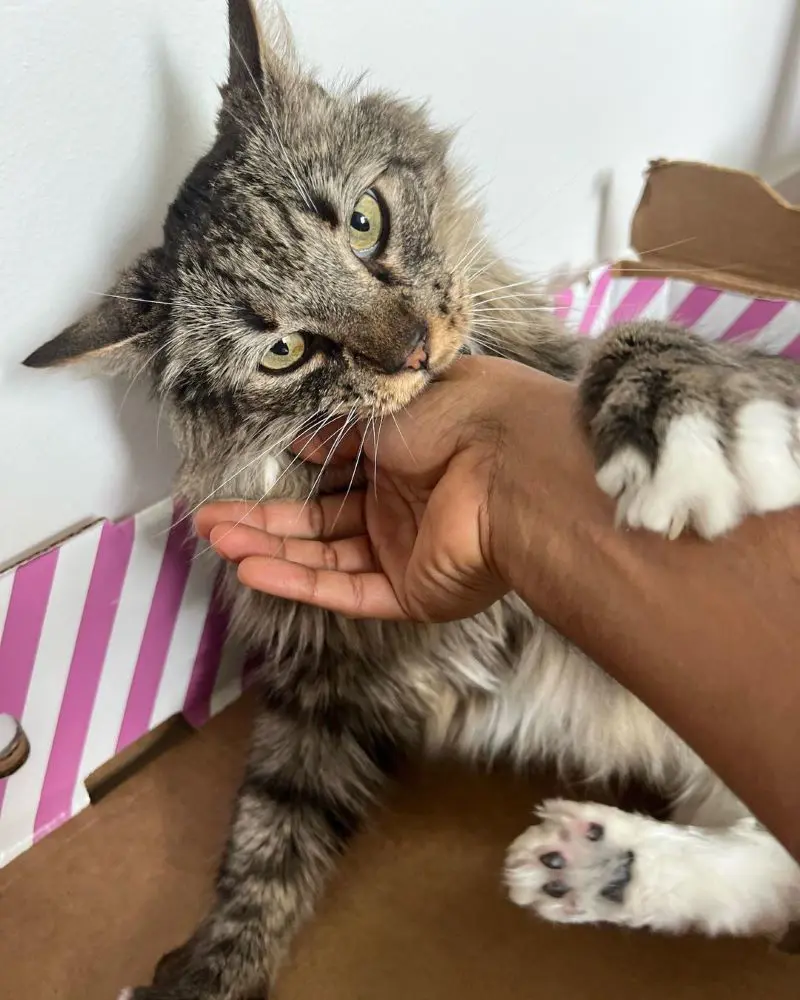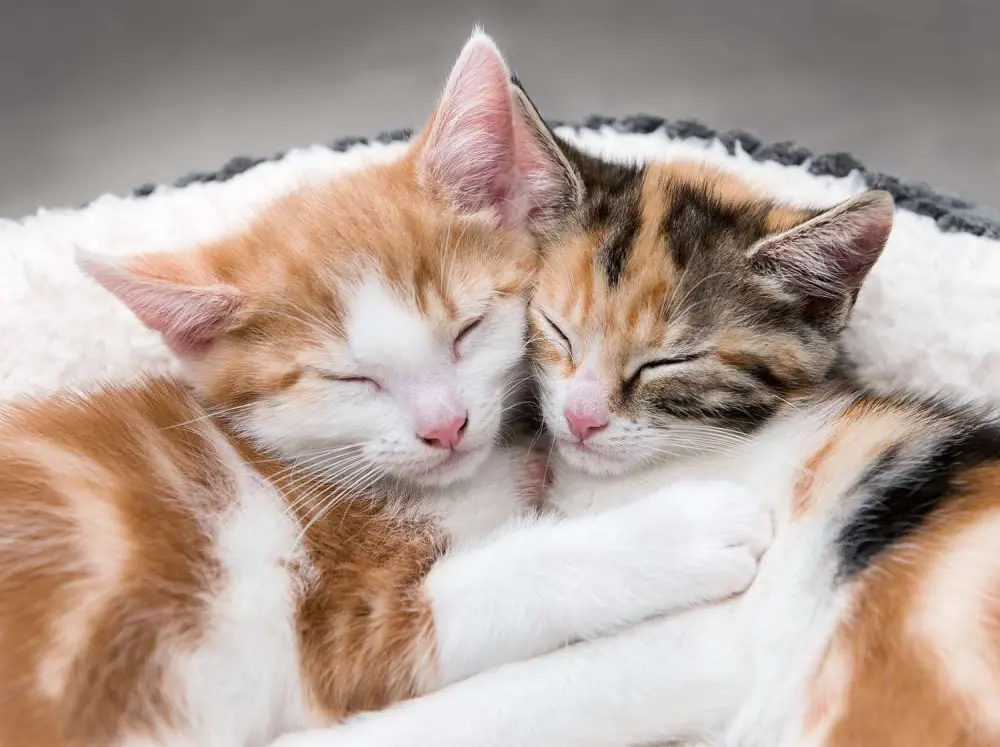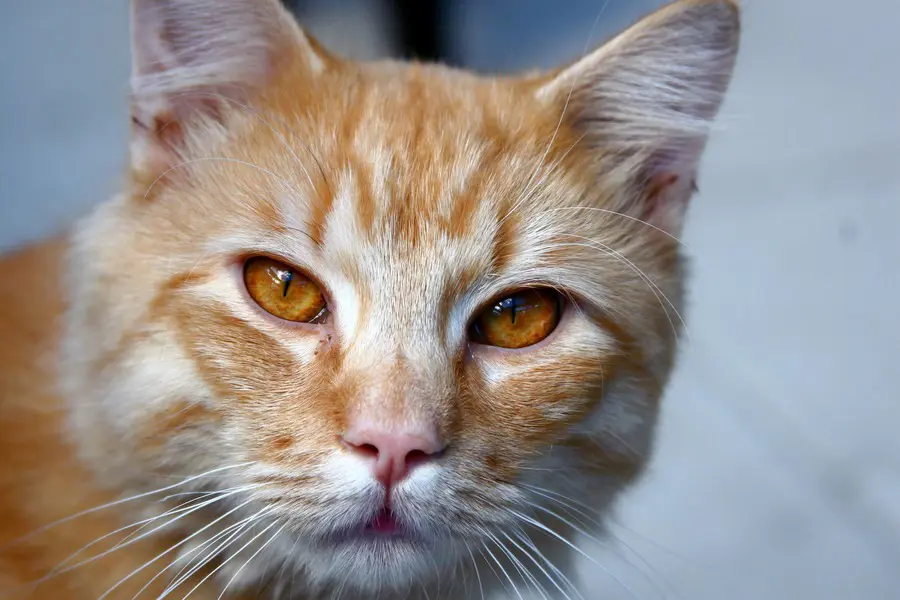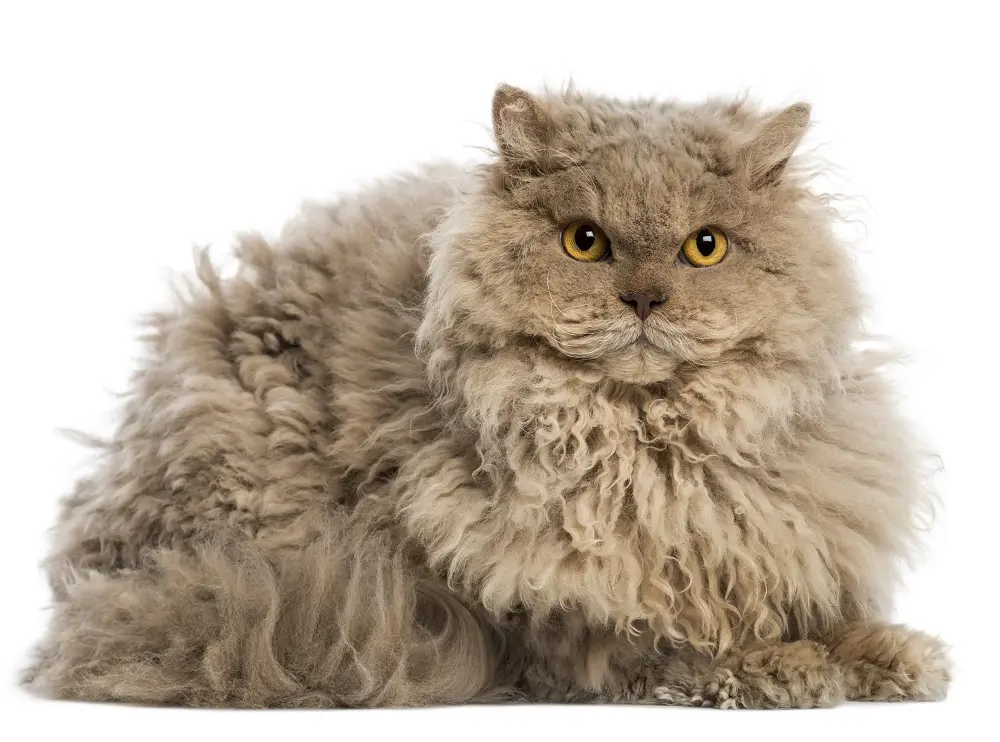Help! My Cat Has Fleas: Signs, Treatment, and Prevention
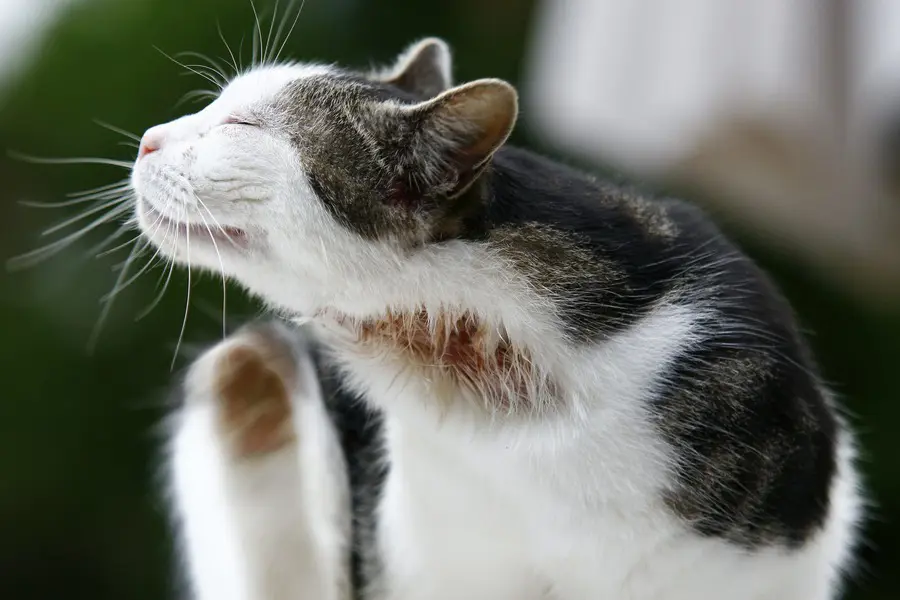
Fleas are a common and frustrating problem for many pet owners. These tiny parasites not only cause discomfort for your furry friend but can also lead to more serious health issues if left untreated.
Understanding the signs of fleas, the best treatment options, and effective prevention strategies is crucial for maintaining your cat's health and well-being.
We will walk you through everything you need to know about dealing with fleas on your cat in this guide.
Signs Your Cat Has Fleas
Identifying fleas early is key to preventing a full-blown infestation. Here are the most common signs that your cat may have fleas:
1. Excessive Scratching and Biting: Fleas are incredibly itchy, and your cat will likely respond by scratching, biting, or licking their skin more frequently than usual. Pay attention to persistent or aggressive grooming behavior.
2. Hair Loss and Skin Irritation: As your cat scratches and bites to relieve the itch, they may lose patches of hair, and their skin might become red and irritated. Flea bites can also lead to dermatitis, which causes additional discomfort and skin issues.
3. Flea Dirt: Flea dirt looks like tiny black specks and is essentially flea feces. You can often find it in your cat's fur, especially around the neck and tail base. A good way to test for flea dirt is to comb your cat's fur and place the collected debris on a wet paper towel. If the specks turn reddish-brown, it’s likely flea dirt.
4. Visible Fleas: In severe infestations, you may actually see fleas crawling on your cat's fur. Fleas are small (about 1-2 mm) and move quickly, so catching a glimpse of them can be challenging.
5. Scabs and Sores: As a result of the intense itching and scratching, your cat may develop scabs and sores, particularly around the neck, head, and base of the tail.
Health Risks Associated with Fleas
While the itching and irritation caused by fleas are concerning, the potential health risks are even more serious:
1. Flea Allergy Dermatitis (FAD): Some cats are allergic to flea saliva, which can cause severe allergic reactions. FAD can lead to intense itching, skin infections, and hair loss.
2. Anemia: Fleas feed on your cat's blood. In cases of severe infestations, young kittens or smaller cats can develop anemia, which can be life-threatening if not treated promptly.
3. Tapeworms: Fleas can carry tapeworm larvae. If your cat ingests an infected flea while grooming, they can become host to these parasites, leading to weight loss and other health issues.
4. Bartonella Infection: Also known as cat scratch fever, this bacterial infection can be transmitted to humans through flea bites and exposure to flea dirt.
Treating Fleas on Your Cat
Once you’ve identified fleas on your cat, it’s crucial to take action immediately. Here’s how to effectively treat fleas:
Flea Comb: A flea comb can help remove adult fleas and flea dirt from your cat's fur. Comb your cat daily and dip the comb in soapy water to kill the fleas you catch.
Topical Treatments: There are numerous topical flea treatments available that are applied directly to your cat's skin, usually at the base of the neck. These treatments can kill fleas and prevent new ones from hatching.
Oral Medications: Oral flea medications are another effective option. These medications are usually given monthly and work by killing fleas when they bite your cat.
Flea Shampoos and Sprays: Flea shampoos can help kill fleas on contact. Be sure to use a cat-specific product, as some ingredients in dog flea shampoos can be toxic to cats. Flea sprays can be used on your cat’s fur as well as on furniture and carpets.
Flea Collars: Modern flea collars, like the Seresto collar, can provide long-lasting protection against fleas. These collars release a small amount of insecticide over several months.
Treating Your Home
Simply treating your cat isn't enough. To prevent re-infestation, you must also treat your home:
Vacuum Thoroughly: Vacuum your carpets, rugs, and furniture regularly to remove flea eggs, larvae, and adults. Pay special attention to areas where your cat spends most of their time.
Dispose of the vacuum bag immediately to prevent fleas from escaping.
Wash Bedding: Wash your cat's bedding and any other fabric items your cat uses in hot water to kill fleas and their eggs.
Use Insect Growth Regulators (IGRs): IGRs prevent flea eggs and larvae from developing into adult fleas. These can be applied to carpets, furniture, and other areas where fleas may hide.
Professional Pest Control: In severe cases, you may need to hire a professional exterminator to treat your home with flea-specific insecticides.
Preventing Flea Infestations
Prevention is always better than cure. Here are some effective strategies to keep fleas at bay:
1. Regular Flea Treatments: Use flea preventatives consistently. Topical treatments, oral medications, and flea collars can provide continuous protection for your cat.
2. Maintain a Clean Environment: Regularly vacuum your home and wash your cat’s bedding to minimize the risk of fleas. Keeping your home clean reduces the chances of a flea infestation taking hold.
3. Treat All Pets: If you have multiple pets, treat them all simultaneously. Fleas can easily transfer from one pet to another, so treating just one pet won't be effective.
4. Monitor Outdoor Access: Fleas are more common in outdoor environments. Limit your cat’s exposure to areas where they might pick up fleas, such as tall grass or other animals.
5. Regular Vet Check-Ups: Regular veterinary visits can help catch flea problems early. Your vet can recommend the best preventative treatments and check for any signs of flea-related health issues.
Dealing with fleas can be a daunting task, but with the right knowledge and tools, you can protect your cat from these pesky parasites.
By recognizing the signs of a flea infestation, using effective treatments, and implementing preventive measures, you can ensure your cat stays healthy and comfortable. Remember, consistent vigilance and prompt action are key to keeping fleas at bay.
Keep an eye on your feline friend, and don’t hesitate to seek veterinary advice if you suspect a flea problem. With proper care and prevention, you can create a flea-free environment for your beloved pet.
Top Lists


